
Narrative in the culture industry creates certain templates or lenses, really, for viewing certain topics.
Poverty is an example. Poverty in the United States is measured by an arbitrary set of income numbers. There are two methods employed; poverty guidelines and poverty thresholds. Both are inadequate. The Census Bureau uses poverty threshold figures, which are, actually, only slightly different than the poverty guidelines — but they do shift slightly according to where you live. Cost of living etc is factored in.
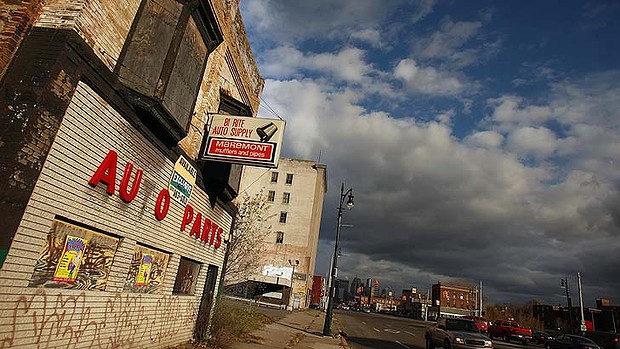
There are around, as of 2009, 14% of Americans living in poverty. This is a very low ball figure. The cut off line for a family of four is twenty two thousand dollars a year. For a single adult its eleven thousand dollars a year income…gross…not net. There are eighteen million food insecure households in the United States as of 2011.
There are three times as many homeless children in the U.S. (1.5 million) as there were in 1983.
In media, the treatment of the poor is one of stigmatizing, of aberration, and pathologizing. The poor are almost always criminals. They are criminals FIRST. The first take, in almost all narrative, if one is showing the poor, is that of crime. The second trope is some form of sentimentalizing —often including children. This also usually includes a caring paternal/maternal figure who works for the man.
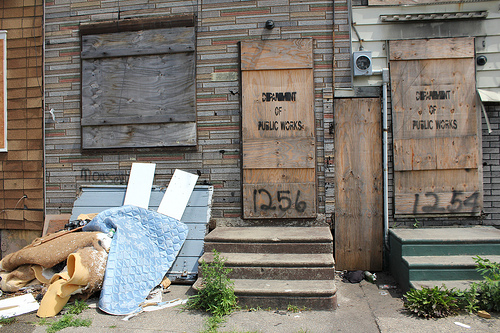
Camden, New Jersey
Within the sentimentalized narrative on the poor, there is always the ideological backdrop of *saving* and of the juxtaposition of hardworking poor and slacker/criminal poor. Again, the constant is that the system works. Its flawed, it has *bad apples* but it basically works. Places like Venezuela, where they decreased poverty by over half, the depiction is one of endless poverty and of institutional corruption. In US narrative there is corruption, but the story is about people fixing it, Eric Brockovich, or whoeverthefuckever. In movies whistle blowers are heroes, in real life they are John Kiriakou or Bradley Manning.
There are writers who express something of the genuine despair and pathology of the poor, without pretending the system didn’t cause it. Even back to Faulkner or James Cain, one saw poverty was a product of a system. Today’s rural noir writers like Daniel Woodrell or Mathew F. Stone capture the same. The sense of compassion, I’ve always thought, is what distinguishes great writers… from Jean Genet to Tolstoy to Melville. From Hammett to Iceberg Slim. There is no snark when you are compassionate. There is no snark because you cannot look with clarity at human suffering and not feel sorrow, a genuine spiritual grief. That silence that is primordial comes from having to look soberly at the wreckage of human lives.
In the United States the poverty, the soul deforming poverty of an America never seen in mass culture.
Camden, New Jersey. It sits across the Delaware River from Philadelphia. It is a city of just under 80,000….and with a poverty rate of 52%.
A mean household income of eighteen thousand dollars a year.
Camden is a port, and handles breakbulk and other container shipping at the Beckett Street terminal. The population is decreasing… having dropped around 2% each of the last three years. Voter turnout is around 18%. A major news TV show did a special on Camden. It was for TV a human zoo, but white folks were coming…to film first, help later….maybe. The tones of voice on that new magazine that featured Camden were very caring. They contained “compassion effects”. They cared….oh fuck, they cared so much. SHOCKING….its shocking…..
Paternalism. White people who care. Smiling kids, kids who *want* to do better, not those, you know, gang kids. Those criminals. Those addicts.
Diane Sawyer was married to Mike Nichols, who directed the deeply reactionary Charlie Wilson’s War, written by coke head Aaron Sorkin. But never mind…I digress.
Tacoma, Washington, on Puget Sound, thirty miles from Seattle. Another ‘poor relative’ city. Tacoma has a population (in decline) of around 200,000. Mean average income around nineteen thousand dollars a year. Around 16% live below the poverty line, but a very high percentage could be described as at risk for poverty.
The Tacoma Mall is the largest shopping center in the city, and is owned and was developed by the Simon Property Group. The Simon Property Group is owned by brothers Melvin and Herbert Simon.
Simon Property Group was formed in 1992 — when it became a publicly traded company (originally was founded in 1960 in Indiana).
In 1996, the Simon-DeBartolo Group was created when Simon Property merged with former rival DeBartolo Realty Corp. The DeBartolo Group is owned by Eddie DeBartolo. Debartolo gave the San Francisco 49ers football team to his son as a present. Hebert Simon, owner of Simon Property, and his brother Herbert, bought the Indiana Pacers basketball team in 1983.
The Aurora, Colorado mall shooting took place in a Simon Property owned mall.
Tacoma is, perhaps, best known for the ‘tacoma-aroma’…the acrid smell of wood pulp mills located in the tidal flats east of the city. I am told its not so bad anymore, only sometimes do you choke on a smell most resembling rotten eggs. If you look up historic sites in Tacoma, about all you come up with is Engine House No. 9, a fire station built in 1907. The building was placed on the National Register of Historic Places in 1975 and now houses a pub which brews its own beer. Oh, and there is the Murray Morgan Bridge, a steel lift bridge that spans the Thea Foss Waterway.
The economic downturn corresponded to the downturn in logging and paper mills. Clear cutting has destroyed the once dense forests of the pacific northwest……but I digress….

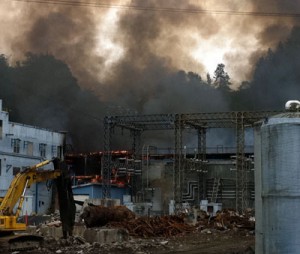
pulp mill fire
The violent crime index in Gary is 491, the U.S. average is 213. It is listed as the most underpoliced major city in the U.S.
Gary was dubbed the best city for blacks by Ebony magazine in 1955.
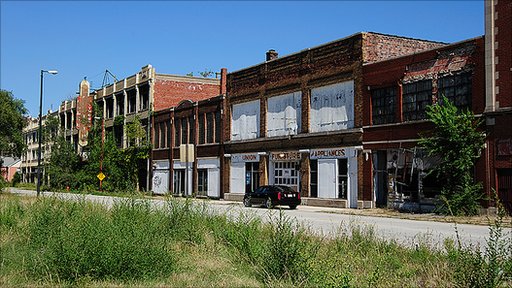
Gary, Indiana
The narratives for crime tend to create an image of wanton de-contextualized pathology –the *bad guys*…and a city like El Paso features in a few films (and I beleive an upcoming series) as the site of border wars, for the lure of the south is indellible for Americans. The shadow lands of Mexico and beyond. It is over-determined as both a shadow mythic symbol, and a racist repository for threats of infestation.
In novels such as The Ultimate Good Luck, quite possibly Richard Ford’s best, the darkness is in the heart of white America, even as the sense of exoticism is played out on a landscape of lurid criminality. In Hollywood today, there is no such dialectic, there is only the sense of fear and menace coming northward.
El Paso is a city of 700,000, located across from Juarez, Mexico. It is a high crime, high unemployment arena for cartel expansion north. Mean annual income is thirty two thousand a year, and 23% of the population lives in poverty. It is 85% Hispanic.

Stockton, California. Central Valley, population 290,000, home of the annual Asparagus Festival, and the largest city to ever file for bankruptcy. It was rated the third most illiterate city in the country with under 17% of the population having a college degree. It is a city of migrant workers, unskilled laborers, and little industry or work. Unemployment is at, officially, 21%…among the highest in the nation for cities of more than one hundred thousand. Forbes magazine gave it the title “most miserable city to live in” in 2011. It is second most obese city (behind Montgomery, Alabama) with an obesity rate at 34%.
I like Stockton, is the thing. It is a city of suffering, though, but that is also its attraction, its seduction. It is a city of saints as well as dark souls and fat people.
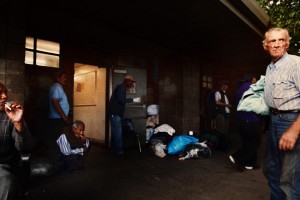
workers, Stockton
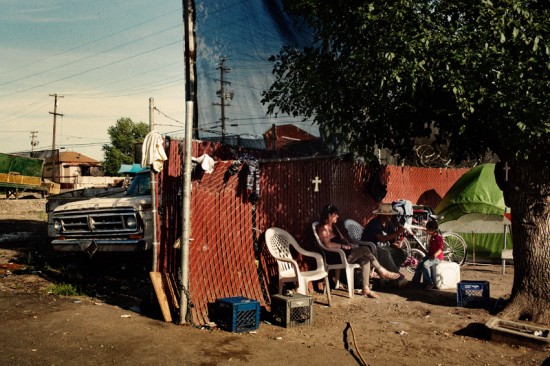
There is also culture in Stockton. The University of the Pacific, an actually not bad small college, and one with an excellent music conservatory. It has a symphony, and it has an opera and a new dance company. Stockton doesn’t depress you when you drive in. The life of communities, whether poverty or just that of the working poor, those “at risk” to fall below this arbitrary line, are not often seen in the images of the culture industry.
The catagories of the camera, as Flusser has it, are on the outside of the camera….or they were. Today it is increasingly automated. The apparatus is defining the image, is deciding most of the catagories. The anti kitsch (anti culture industry) image must be sought in the conditions that produce it, firstly. Not just the material conditions, although that is first in a sense. The conditions of the apparatus, the technical dynamic, but the conditions of the aeshtetic that is being sought….for as Flusser says, the photographer is on a hunt. A hunt for possibility, for the unexpected (which I take to be mean the unseen, the forgotten, the erased memory, amnesia) and for quantum doubt. Phenomenological doubt. The manufacture of image in corporate media, in the culture industry, are technical and pre-vetted…the images of the poor contain a pre-calculated effect.

But the aesthetic is prior to the technical, to the categories of the camera. It is the illusive search for those small disruptions in awareness, the preparations for preparation, the creating of the possibilities for the accidental that is, of course the residue of design. With the photographic image, as it pertains to the corporate media, the culture industry, the sense of drowning beneath the weight of surplus image is palpable, it is acute — but the road out of this morass is found in the most marginalized places, in the desolate and forsaken places the system ignores, the Spectacle wants to erase. The places not already exhausted. The reclaimed aesthetic begins before the technical and it begins before any active process. It is a sense of internal subtraction.
The culture industry produces ever more risk averse product.
The new NBC series, Deception is the normalizing of extreme wealth as a familiar psychic landscape for America. People live through a screen reality. The intention is not to have you awaken to an engagement with a world around you, it is to put you to sleep. As Horkheimer noted, “The culture industry is like psychoanalysis in reverse.”
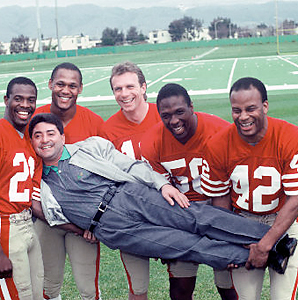
Eddie DeBartolo, Jr.
The triple ironies of black lead actors only reinforces the illusion. It is the almost perfect pastiche of narrative devices…..beautiful, rich, wealthy family, AND she’s a cop!
The ruins of the industrial landscape of the first world are traces of history (per Benjamin) in which a genuine poetics might emerge. The need to create the genre enclosure is a complex one. Is Stockton the sci fi landscape for a dystopian futurist narrative? Does that erase the history of the San Joaquin Delta, of the Tuleberg and Fat City, or the mining companies and labor tensions? One of the only films, actually, that captured a sense of place and history was Huston’s Fat City, even if only in a minor way. Most product today is tuned to the technical catagories of image creation, and manufactured test marketed homogenization (marketed of course as diversity). If you are offered fifty seven colors of toothbrush, you think you have great freedom of choice. All of them are, however, overpriced and made by two companies in the same factory.
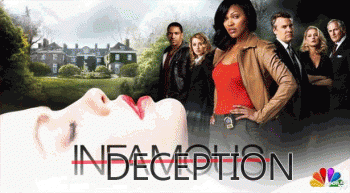
“On the basis of these criteria, the ‘best’ photographs are those in in which photographers win out against the camera’s program in the sense of their human intentions, i.e. they subordinate the camera to human intention. It goes without saying that there are ‘good’ photographs in which the human spirit wins out against the program. But in the photographic universe as a whole, one cas see how programs are succeeding moe and more in redirecting human intentions in the interests of camera functions.”
Vilem Flusser
I keep feeling in more and more acute ways the destruction of history. If history exists at all, it exists as in revisionist form. It is kistch t-shirt stand souvenir history.
One of the tropes of narrative in the culture industry has to do with intelligence. The poor are stupid. The fact is, the U.S. education system is funded by local government. This means rich neighborhoods have good schools with quality supplies, while poor areas have bad schools and no materials. Couple this is the depiction of inner city or any impoverished community in the media, and a certain attendant apathy sets in. The parents are under-achieving, so must their children be under-achieving. Here we return to the Diane Sawyer model above: lets rescue a few children, special ones hopefully, and chronicle this liberal do-gooding in the same way celebrities volunteer at soup kitchens on Christmas. The poor are poor all year long. It is shown as a given though that poor schools are the result of bad students. Criminally minded students often. There is a parallel theme that crops up, and that is the poor school helped by a single crusading teacher. It is a contradiction to the master narrative, but one that is accepted without question.
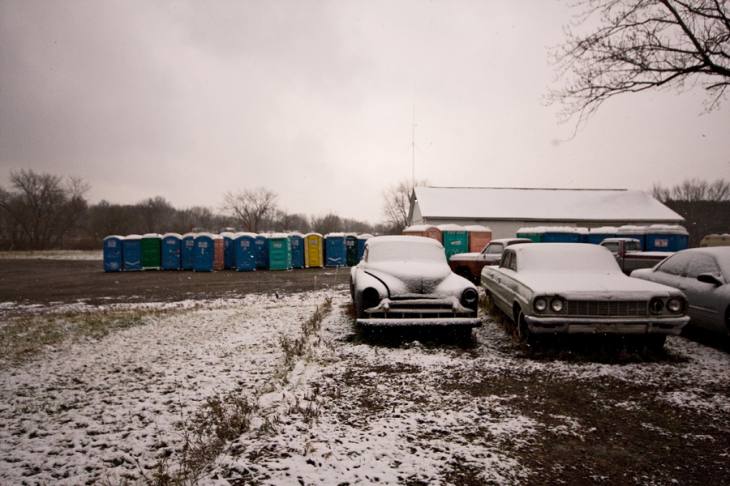
Ravenna, Ohio
There are places invisible to the culture industry. Even when ‘shown’, they are obscured and mystified. They are reproduced in modified fashion.
Today’s artists (and I touched on this with last entry on Abramovic) are too often seen as immaterial labor — rather than as labor period. The management of various art markets is the province of the managerial class, serving the owners of the system. The artist should not be seen as immaterial, nor his or her labor. The artist simply creates, under various conditions, all conditions, but the artwork is packaged by management. Running alongside this is the culture industry and the kitsch entertainment that is spewed out. New TV series are cancelled if they don’t have an audience within a week or two. The series itself is meaningless, only the numbers matter. The fine arts are dominated by both academia and gallery owners and arts dealers. The prestige artforms….symphonies and ballet and opera and so on are dealt with by an artificial scarcity —that effectively distances them from everyday life. Everyone and everything is connected to the structural demands of celebrity. Distance from community. The artist produces image, but its the circulation that matters.
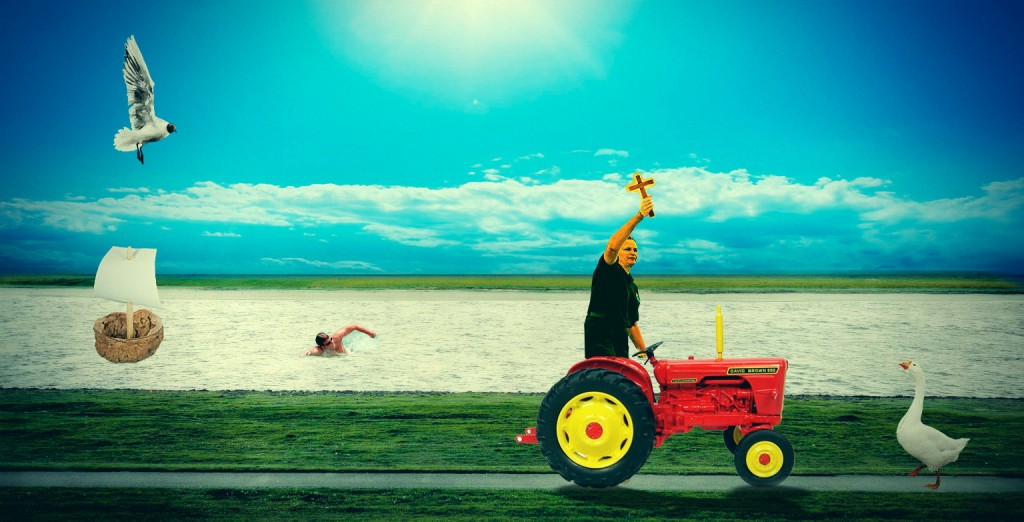
Imperial County, California. The poorest county in the largest state. 27% of the population of Imperial County lives in poverty. The largest city is Calexico with 38,000, and Brawley next with 24,000. It is hot and most of the work is picking vegetables. Amtrak trains run through Imperial County, but none stop. The nearest stop is Yuma, Arizona. Imperial County was the subject of a very worthy book by William Vollman. It is one of the most invisible places in the country. It is only three hours drive, maybe less, from downtown Los Angeles.
Imperial County IS the home of the Sonny Bono Salton Sean National Wildlife Refuge, located entirely below sea level, with an annual mean temperature of over 100f.
The Salton Sea has had several movies made about it. It is a bit of domestic orientalism, in a sense. The actual groteque nightmare of the Sea is rarely addressed. It is simply a place for weirdos to go.

Yazoo, Mississippi. Population 28,000. Mean average income twenty one thousand dollars. 53% black, 44% white. Part of one of the poorest regions in the country. Yazoo county is larger than Rhode Island and the biggest county in Mississippi. There is no industry at all in Yazoo, County. The word Yazoo is Choctaw for Death River. The folk figure Casey Jones, railroad engineer, was from Yazoo….so the story goes. People subsist farm in Yazoo.
The culture industry now works toward monopolizing of attention. It de-territorializes, removing the artist from any community, mostly by eliminating community, or more often the idea of community. The subject floats in a generalized register where symbol and myth are rinsed free of history and politics. The re-claiming of an aesthetic that comes before commodification, and before the colonizing of the Spectacle, means seeing what you are being encouraged not to see.
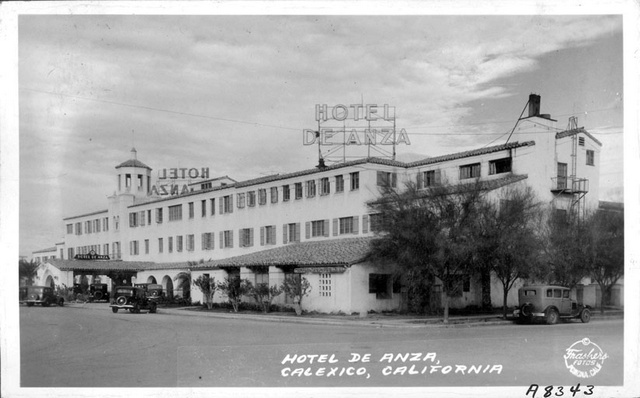
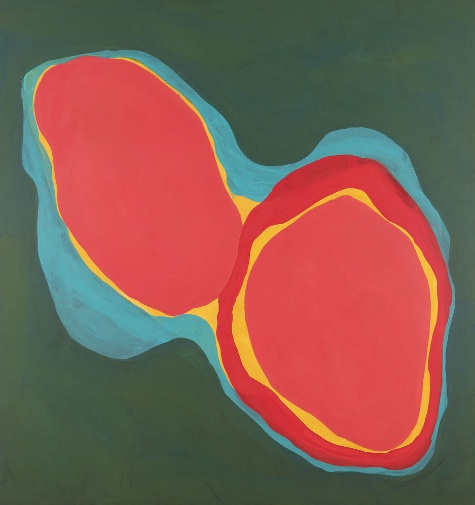

Great post. More to say but just to start, another quotelet:
Scientismo e postumi del basso romanticismo: È da vedere la tendenza della sociologia di sinistra in Itaila a occuparsi intensamente del problemma della criminalità. È essa legata al fatto che alla tendenza di sinistra avevano aderito Lombroso e multi dei piu “brillianti” seguaci che parevano allora la suprema espresisone della scienza e che influivano con tutti le loro deformazioni professionali e i loro specifici problemi? O si tratta di un postumo del basso romaniticismo del ’48? (Sue e le sue elucubrazione di diritto penale romantico?) O è legato a ciò che in Italia [impressionava] certi gruppi intelletuali la grande quantità di reati di sangue ed essi pensavano di non poter procedere oltre senza aver spiegato “scientificamente” (ciòe naturalisticamente) questo fenomeno di “barbarie”?
– Gramsci, Letturatura e Vita Nazionale
Scientism and the consequences of crude romanticism: We can see the tendency of left sociology in Italy to occupy itself intensely with the problem of criminality. And this is tied to the fact that the tendency of the left has been to ally with Lombroso and his more brilliant followers who seem now the supreme expression of science but affected by their déformation professionelle and specific problems. Or is it a consequence of low romanticism of ’48? ([Eugène] Sue and his romantic ruminations on criminal law?) Or is it related to the fact that in Italy a large quantity of bloody crimes made an impression on certain groups of intellectuals who felt they had to explain “scientifically”‘ (i;e. naturalistically) this phenomenon of “barbarism”?
Camden, New Jersey. It sits across the Delaware River from Philadelphia. It is a city of just under 80,000….and with a poverty rate of 52%.
The performance artist Iris Rose did a piece in the 80s at Franklin Furnace called “Camden” about a real crime, a unemployed mother who drowned her children in the river. One of the lines of the songs has stuck in my head, about the boom era – “the working man put the soup in the can and the housewife took it out”. (Campbell’s plant was there.)
Great Gramsci quote molly. I will write more on this….but I just read where San Bernadino is the homeless capital of california….and probably the country. Homelessness is an acute issue in california. Los Angeles has a very hidden subterranean homeless population. What you never see is that families live out of their cars or under bridges. Some have jobs. You only see crazy drunken bag ladies or schizophrenic screaming madmen. The message is homeless = imparied mentally and morally.
there were all these burst bubbles around san bernadino right? porobably fiven the eceon as it was a lot of those people were in illegal economy when that had mortgages; that was one of the things about this last bubble is drug deazlers and prostitutes could get mortgages to the actual levels of their abviluty to pay and even above it
that should say, given the economy as it was, a lot of people now living in cars and tent probably were in the illegal economy even when they had mortgages
the construction of criminality and respectability is really altering. Weeds is an example too; the success is what determines the respectability.
I’m reminded of The Empty Space here. Particularly the chapter of “rough” theater. Technology only creates more problems for the artist. Keeping the work “messy” seems to be a space for artistic resistance. And also what Nathaniel Dorsky writes about filming things AS THEY ARE without human “interpretation”
“The anti kitsch (anti culture industry) image must be sought in the conditions that produce it, firstly.” Love this dude.
The advance in digital photography, and the automatic exposure. The human condition expunged from the image. I’ve found that within digital there is an immediate deadening. And almost the only way I can record music is digitally, which also quiets the rage and chaos of real analog sound. Therefore, the only way for compassion to come across, is to leave the work unfiltered to a degree. Bare. I dunno. I’m sketching haha.
I’m going to share this with friends. You’re doing wonderful work. Thanks.
@jack — yeah, Ive talked with classical musicans about digital recording….and a lot are asking to return to vinyl…..but there is a sort of odd dialectic in what you say. Rough requires its own rigor……..something I felt the equity waiver culture never understood in theatre. That old zen saying that you must sweep the ground clean, where you live, no matter how small the dwelling (cave). Always stuck with me. I cant think around chaos and i hated dirty theatres. So rough as Brook used it is very apt here…..i think there is a lot to say about that, but its also important to define and understand that. Messy is not messy, if you will…..in this sense, but thats a great topic i should post something about. In fact about that whole book. Cricot was austere….without technology much as possible…..and in a sense messy, but it was the most pristine messiness imaginable. The most exalted and sanctified messines possible.
The obstacle that is the mess engaged the consciousness in activity…we are making intelligible, prioritizjng, interpreting. For me crackling Caruso recordings give a greater sense of what the live experience must have been than the overproduced Bartoli ombra mai fu which (though seductive and effective on the body) leaves the listener no inkling of the intensity if her performances live. The embodiment is not there in analog vinyl either but something else of our immediate reality is and allows us to feel analogies to the irreducible transitory event recorded. The listening is remote in time but belongs to the same realm. With the digital we are further from production ….in a highly controlled space where this control is offered as a beauty and virtue…this predestination….this totalitarian design. It implies hierarchy in place of cooperation…non relationslity. Absence if accident. In other words liberty fraternity and equality eradicated. .
Absence of accident.
I think a better phrase for “messy” is “purposely unfinished”. I am involved with a production now that follows this theme. I want the audience to see that the set has been made by human hands. There is no place to hide; the set is removed from the audience and there is no music, which I feel is manipulative. We have a wash of color and the words. There is no place to hide, and every insecurity of the actor is instantly revealed in a space in which scenery is non-existant. It forces them to think three dimensionally, to consider that every gesture is amplified. The actors have to carve out the space and to fill the negative resultant space. There is a certain beauty, a truth, that is revealed in this that is largely missing from most of the crap I see nowadays. When you remove the safety net of set pieces, props, of the need to explain the behavior, wonderful and amazing things begin to happen.
I feel a new post growing……..
seriously, this is a huge topic. What jack, molly, and vocalis have said is notes is all relevant. The ‘unfinished’ is almost a separate topic, however. The fragment has been a discussion since german romanticism. And you look at philosophy in the 20th century….adorno never finished several of his major works, Wittengenstein only finished one book, and barely that, the rest were essentially notes cribbed by students, heidegger never finished Being and Time. And guys like norman o brown purposefully used a sort of fragmentary sturcture…aphoristic yes, but also fragmentary. The totalitarian aspect of digital is something that Adorno would have co-signed. But i have much the same feeling with blue-ray actually. Everything feels less human. This is a great topic and at the heart of how to make art these days. I think that there is always a dialectic though — what is rough or unfinished cannot be vulgar somehow…..music can be manipulative (I used to feel this way, by the way) but it doesnt have to be. But you have to know the parameters of diagetic and non diagetic sound, and distance the idea of the piece from the “source”…….but see, this leads us right back to the discussion on realism. It also shows the ways in which film has impacted theatre.